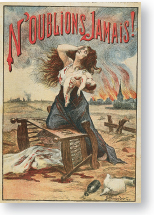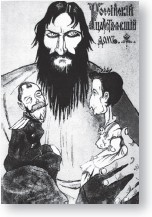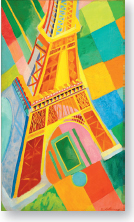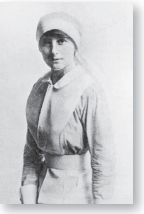Understanding World Societies:
Printed Page 881
> CHAPTER 28 STUDY GUIDE
PUT IT ALL TOGETHER
Now, take a step back and try to explain the big picture. Remember to use specific examples from the chapter in your answers.
|
WORLD WAR I

|
THE RUSSIAN REVOLUTION

|
|
THE POSTWAR WORLD

|
LOOKING BACK, LOOKING AHEAD

|